Saturday Shoutout / Ethics of the Spawn
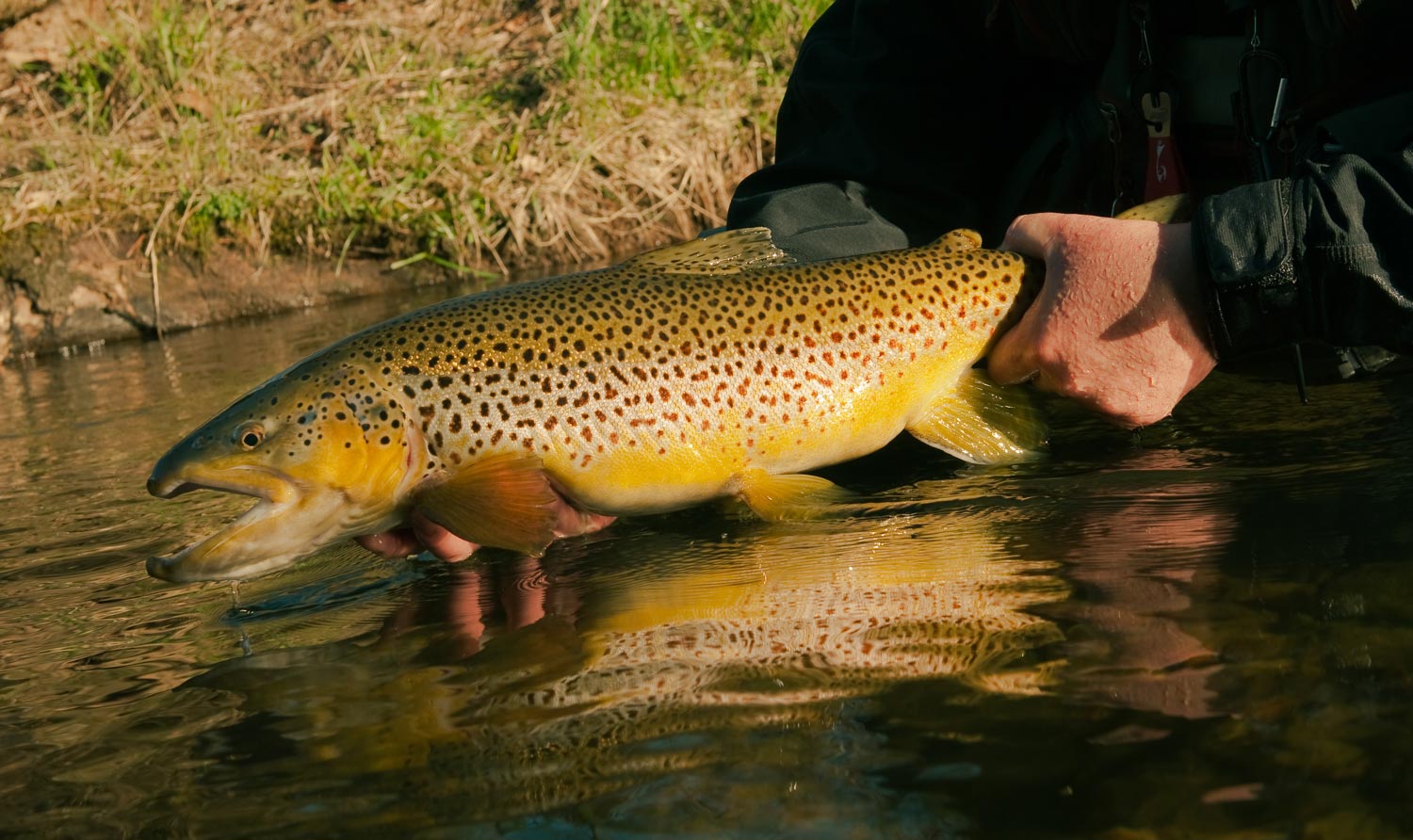
Fall is the time when dreams of catching trophy brown trout come true.
Brown trout are fall spawners. They become increasingly aggressive and easier to target as the spawn approaches. Anglers who want to catch big browns will have their best chance, but they will have to take extra care when fishing or they may spoil their chances to fish the next generation of big browns.
This article on the ethics of fishing the spawn, by Spencer Durrant, does a great job of explaining how the fish the spawn and do no harm, as well as offering some tips on how to find and land that monster. Every angler who fishes in the fall should give it a look.
“ETHICS, SPAWNING TROUT, AND FALL FISHING – WHAT YOU NEED TO KNOW”
Read More »New G3 Guide Waders From Simms: Video
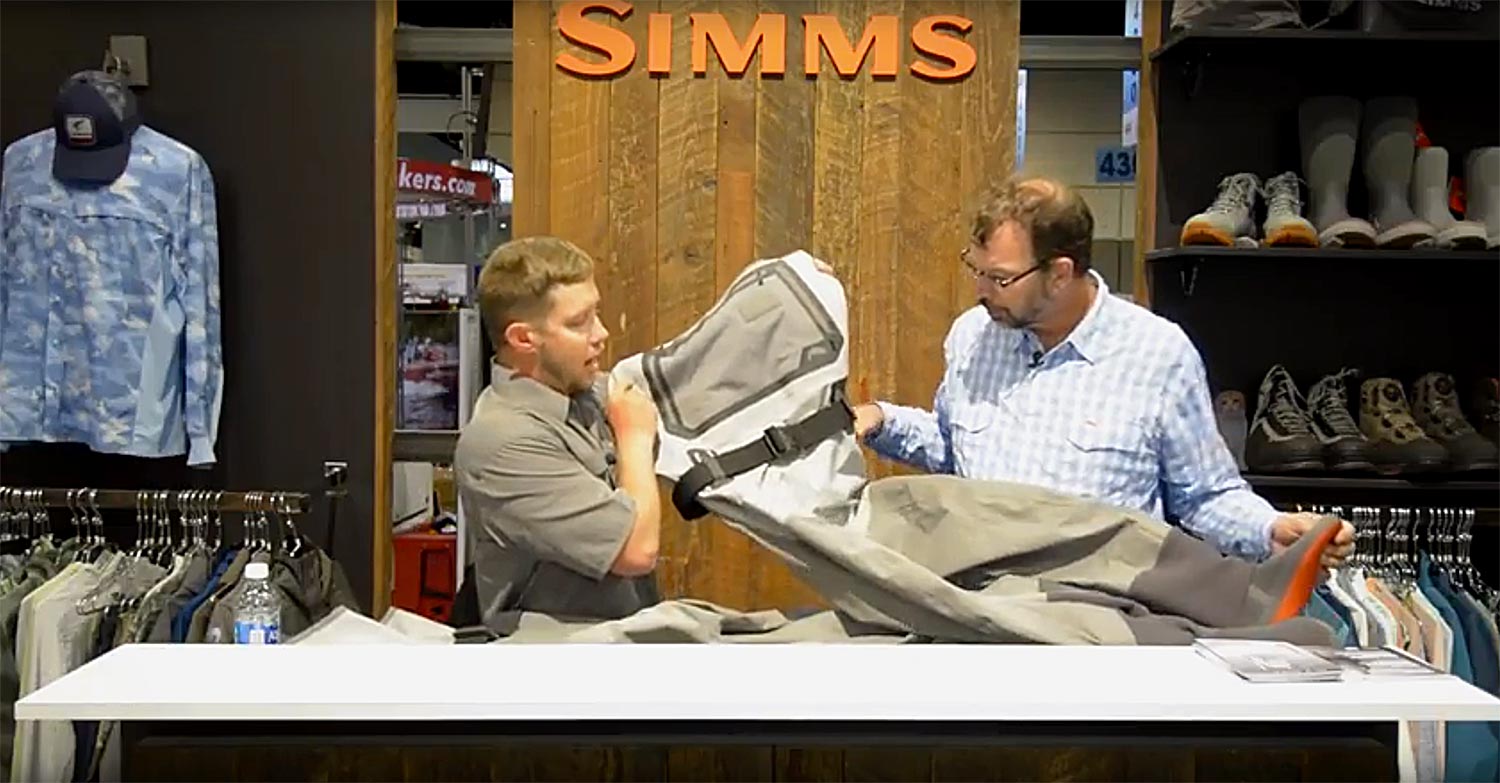
The most popular wader on the market just got better.
This year Simms is introducing a full line of updated G3 guide waders, including a traditional chest wader, wading pants and a women’s chest wader. The big update is a new, more comfortable four layer Gore-Tex lower, which makes the new G3 the most breath Simms wader ever. There are several new features, including an easy waist-high conversion system for the chest waders.
I toured the Simms wader plant this summer and I was blown away. Not only is the facility remarkable, the staff is one of the most enthusiastic I’ve ever seen. I was shocked to learn how many of them read G&G! I’ve always loved my Simms waders, now I know why.
WATCH THE VIDEO FOR ALL THE DETAILS ON THE NEW G3 GUIDE WADERS FROM SIMMS.
Read More »Fly Anglers Sixth Sense, Fact or Fiction?
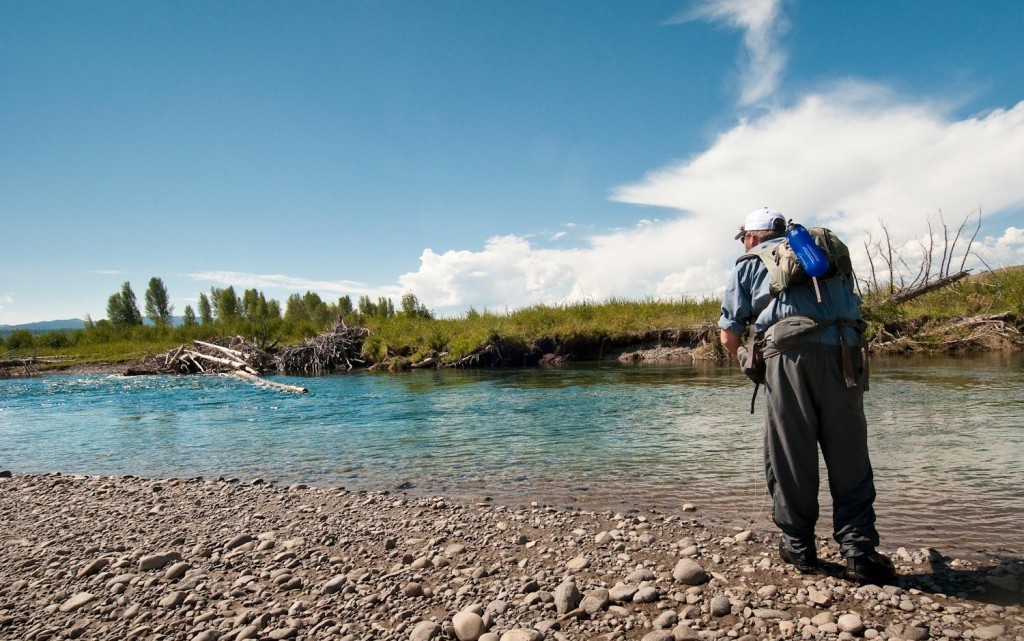
By Kent Klewein
Do you ever feel like you’ve got a sixth sense working for you when you’re out fly fishing?
I’m talking about an extra sense that seems to give you the power and clarity to sense future fishing success moments before it happens. It doesn’t happen all the time, but when it does, it’s one of the sweetest feelings I think a fly angler can witness; calling his/her fish before the cast. You’ve just rounded a bend when your eyes are immediately drawn to a perfect looking stretch of water. It’s a wide and fast riffle a little to shallow to hold fish, but there’s a fallen tree that’s condensing all the current into a tight six foot wide flow. Even better, that condensed current is flowing right over a drop-off, into a deep blue pool. A light bulb in your head goes off as your sixth sense kicks in, and you’re certain when your fly hits the water it will only be a few seconds until a trout rises to your fly. All you have to do is call your shot and make a good cast.
Sure enough, you make a spot on cast, and success arrives like clockwork. The surreal sound of a cork being pulled from a whiskey bottle, signals to you a trout has sucked in your fly, and you set the hook, and shout “Man, I love that sound”. I bet there’s a lot of guides out there that feel the same way when they call a take for a client during the drift, “get ready, you should get a bite right…….now, bam”. When your client turns to you and asks how you did that, just smile and say it’s your sixth sense.
I’m sure there’s anglers out there that would argue this sixth sense is fictional.
Read More »Lamson Center Axis Reviewed
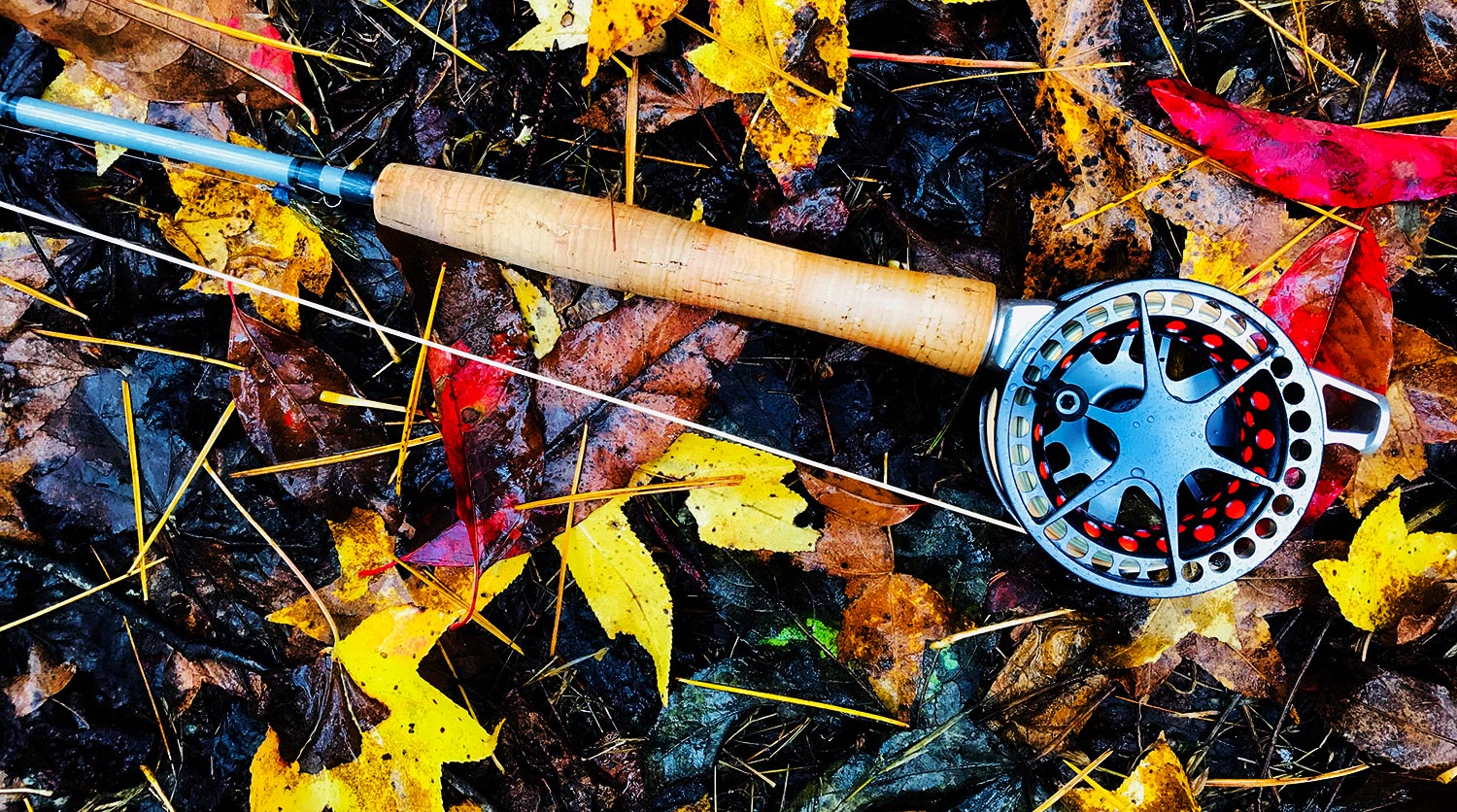
The Center Axis fly rod and reel combo from Waterworks Lamson is something completely different.
The idea of changing the union of fly rod and reel has been kicked around for a while now. To my knowledge the Center Axis is the most serious attempt by a major manufacturer. It looks very different from a traditional fly rod and it feels very different as well. There is some solid science behind the design of this rod/reel combo and it delivers on its claims. It’s also not without its detractors, so I’ll try to be very thorough on the pluses and minuses.
The Theory
The guiding principal behind the Center Axis is simple and it’s right there in the name. The reel, being by far the heaviest part of the setup, affects the action and feel of the rod in casting. By moving the weight of the reel inline with the axis of the rod, this effect is minimized. The caster feels the weight of the line, not the reel, and the reel does not affect the caster stroke to as great a degree.
When I first heard this I thought, “Really?” Frankly, I was shocked how different it felt. There is a definite and pronounced difference in the feel of this combo verses any other I have ever cast. Is it better? That’s a serious question. Probably so. I’ll be frank. Having cast a fly rod for so many years, it’s not easy to know if different is better. As you become a more accomplished caster you adapt quickly to the feel of a new rod and the casting takes place in the hand, not the head.
I will tell you this. I felt a very pronounced difference in the feedback I got from the rod, and I very quickly became used to it and didn’t think about it any longer. I do find it very pleasant to cast. I do think that the shifting of balance makes a real difference. I don’t know that it improves my casting a great deal but it might for other anglers. I think it might be very good for beginning and intermediate casters. I do think there is serious validity to the concept and that this setup is really going to speak to some anglers. The only way to know if you are one of them is to try it out.
The Rod
Before I cast the center Axis, I was concerned about the rod. I am a fly rod geek and the idea of buying a rod from a reel manufacturer gave me pause. That concern was immediately relieved. I have the 9’ 5-weight Center Axis and it is a great casting rod. Not the best I’ve ever cast but very good.
It is smooth and powerful. Plenty fast but with a lot of feel. It does a great job of picking up a long line. I would consider it a medium to large water rod. You’d be OK with it on small water as it is a very good roll caster. It also delivers a powerful single-hand spey cast.
It excels at medium- to long-distance casting. I was able to cast a streamer eighty feet standing in waist-deep water. The action is suitable for a variety of fishing techniques. In short, a solid all-arounder. It also gets extra points for durability as you can’t even tell that I drove off with it on the roof of the truck, launching it onto the road in a turn. Kind of my signature move.
The Reel
Obviously the reel is the quality machine you would expect from Waterworks Lamson. It is a variation of the Lightspeed reel, which my buddies in retail tell me is consistently the top selling trout reel year after year. It is unique in how it attaches to the rod. The reel plugs into the rear of the grip and is held in place by an o-ring seal. It is very very solid. In fact, it’s damned hard to get off and there isn’t any need to.
What I like about the Center Axis
First and foremost I like
Read More »Sunday Classic / The more things change, the more they stay the same

I RECEIVED THIS PHOTO FROM MY BROTHER TOM, VIA TEXT MESSAGE.
It seems he has been sorting through some of the belongings that my grandparents left behind. In an old dresser he found this list in my young handwriting. My guess is that this dates from about the time I was ten. I believe I had just read “The Old Man And The Sea” for the first time. For those who can’t make it out, I’ll translate.
Fishing List
Harpoon
1000 yards strong rope
Case of dynamite
Buoy
Take pistol
Dynamite
License
A few of my favorite points to this list are these. Dynamite appears twice. I’m not sure if this was meant to imply that a case might not be enough, or that dynamite was so key to my plan that I couldn’t risk forgetting it, or possibly just a testament to my enthusiasm about dynamite. There was no need to find a pistol, just the need to remember the one I had, at ten. And best of all my reverence for the regulations. We wouldn’t want to ‘fish’ without a license.
It occurred to me that maybe I harp on the catch and release thing a little heavy from time to time and it would only be what I deserve to share this with my readers. None of us, I suppose, start out as catch-and-release anglers but few, apparently, start as far from it as I did. In my defense I’ll say that this proves my views on catch and release are not an unconsidered opinion. I tried it the other way!
When I shared this with my wife as a glimpse into the mind of her betrothed when he was only a child she smiled, laughed a knowing laugh and said,
“The more things change, the more they stay the same.”
I guess I’ll always be ten at heart. At least when I go fishing.
Read More »Saturday Shoutout / SCOF Redemption
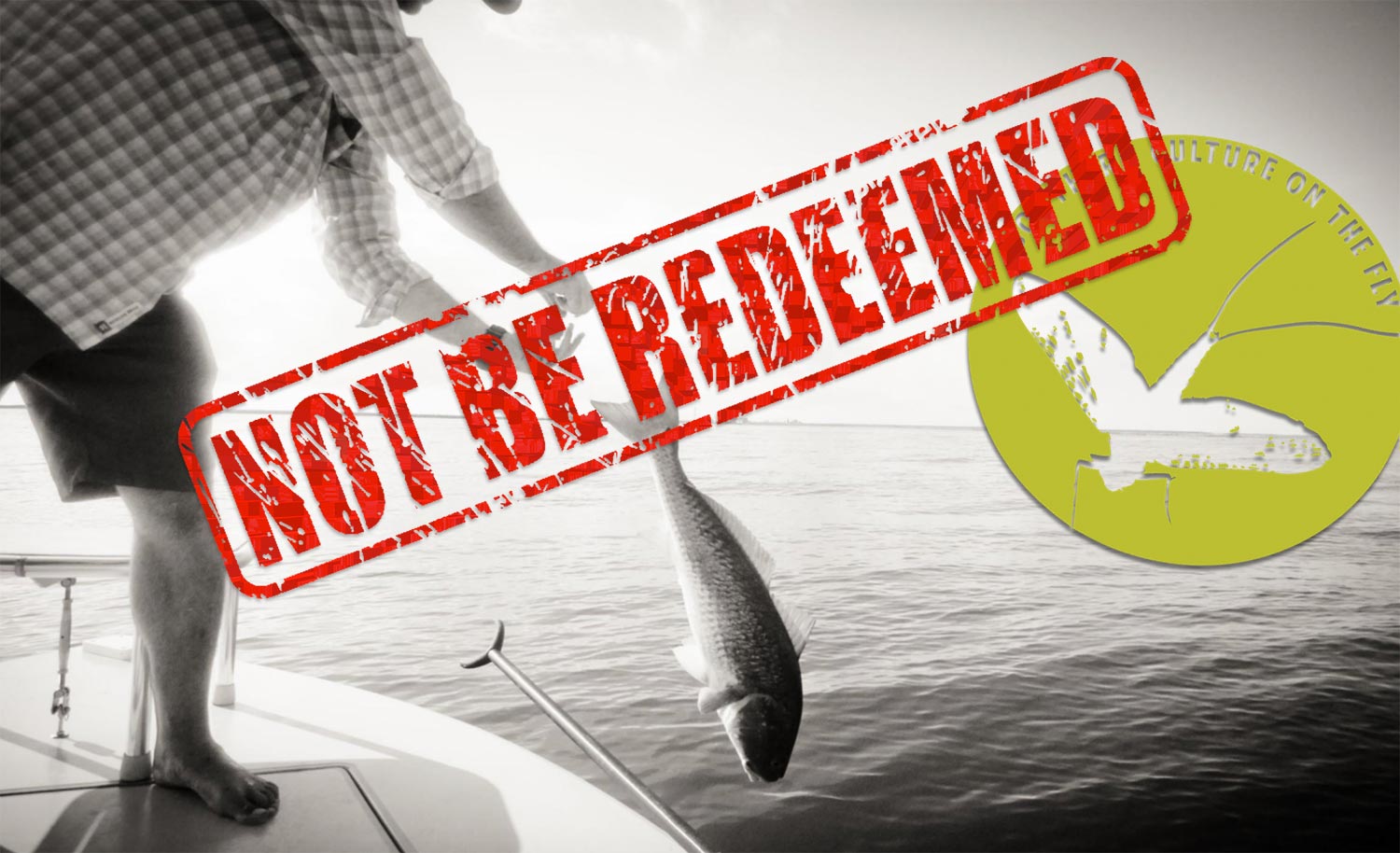
It’s time for a little Southern Culture.
The fall issue of Southern Culture On The Fly is out and the boys are looking for redemption. Redfish Redemption that is, as well as Things Wild, Southern Salt and an adoption for fly guides. Dave Grossman apparently didn’t take enough heat for his bikini spread (you can read about that too) because he’s back at it, suggesting we target Flipper on the fly. It’s more of all the good stuff you expect from the boys at SCOF.
CHECK OUT THE NEW ISSUE OF SOUTHERN CULTURE ON THE FLY!
Read More »New Simms G-3 Technical Jacket: Video
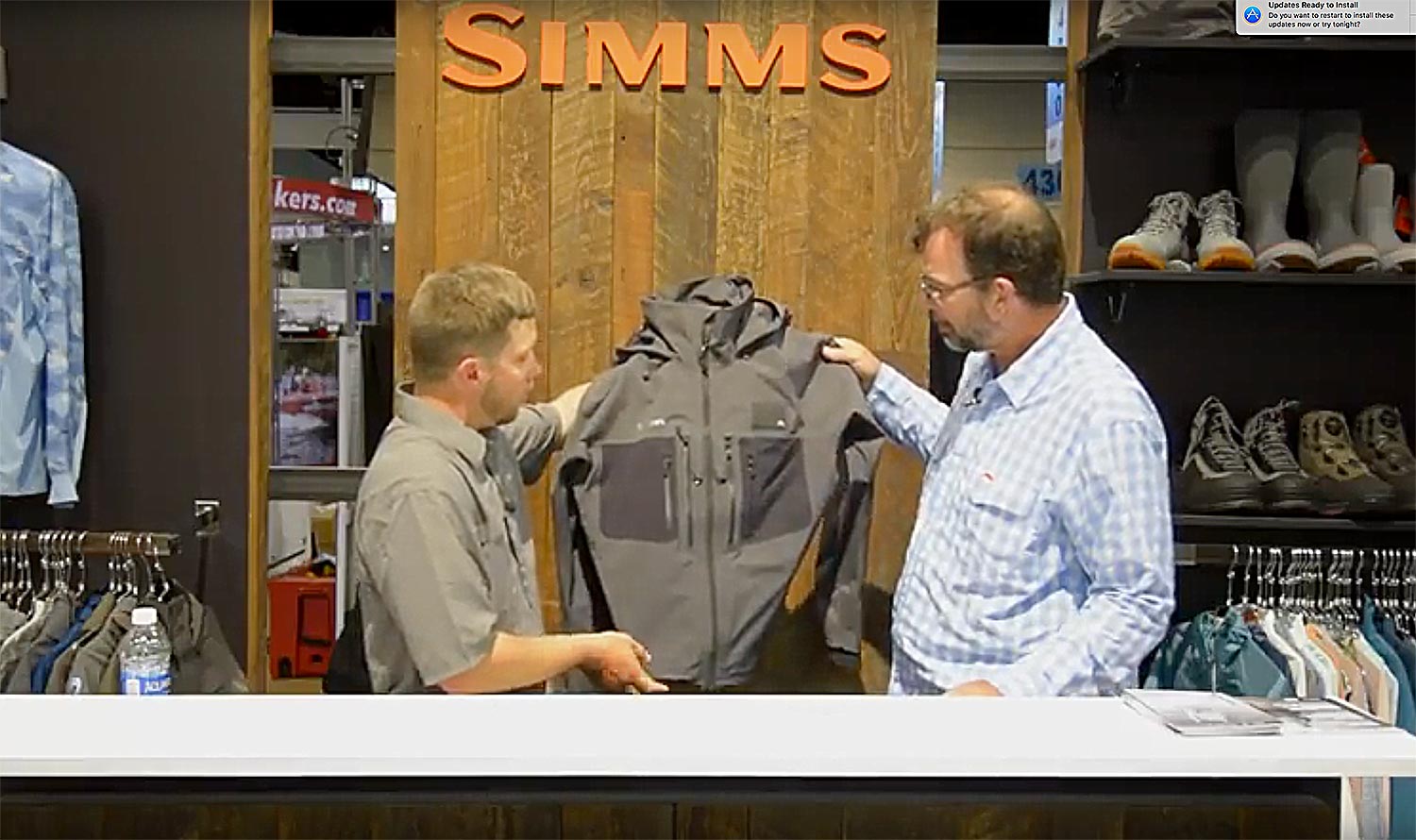
The most popular piece of outerwear in fly fishing just got better.
The Simms G-3 jacket is a workhorse and almost a uniform for fly fishing guides everywhere. There’s a good reason for that. These jackets not only perform, they last. Any one who fishes knows that foul weather means great fishing but it doesn’t mean you have to be miserable. A good jacket keeps you comfortable and focused on fishing and gives you easy access to the gear you need.
The new G-3 has a clean, snag free design with all of the pocket space built into the interior of the jacket. It has just as much storage as the classic G-3 but nothing to catch line.
WATCH THE VIDEO FOR ALL THE DETAILS ON THE NEW SIMMS G-3 JACKET.
Read More »Fly Feature: Stealth Bomber
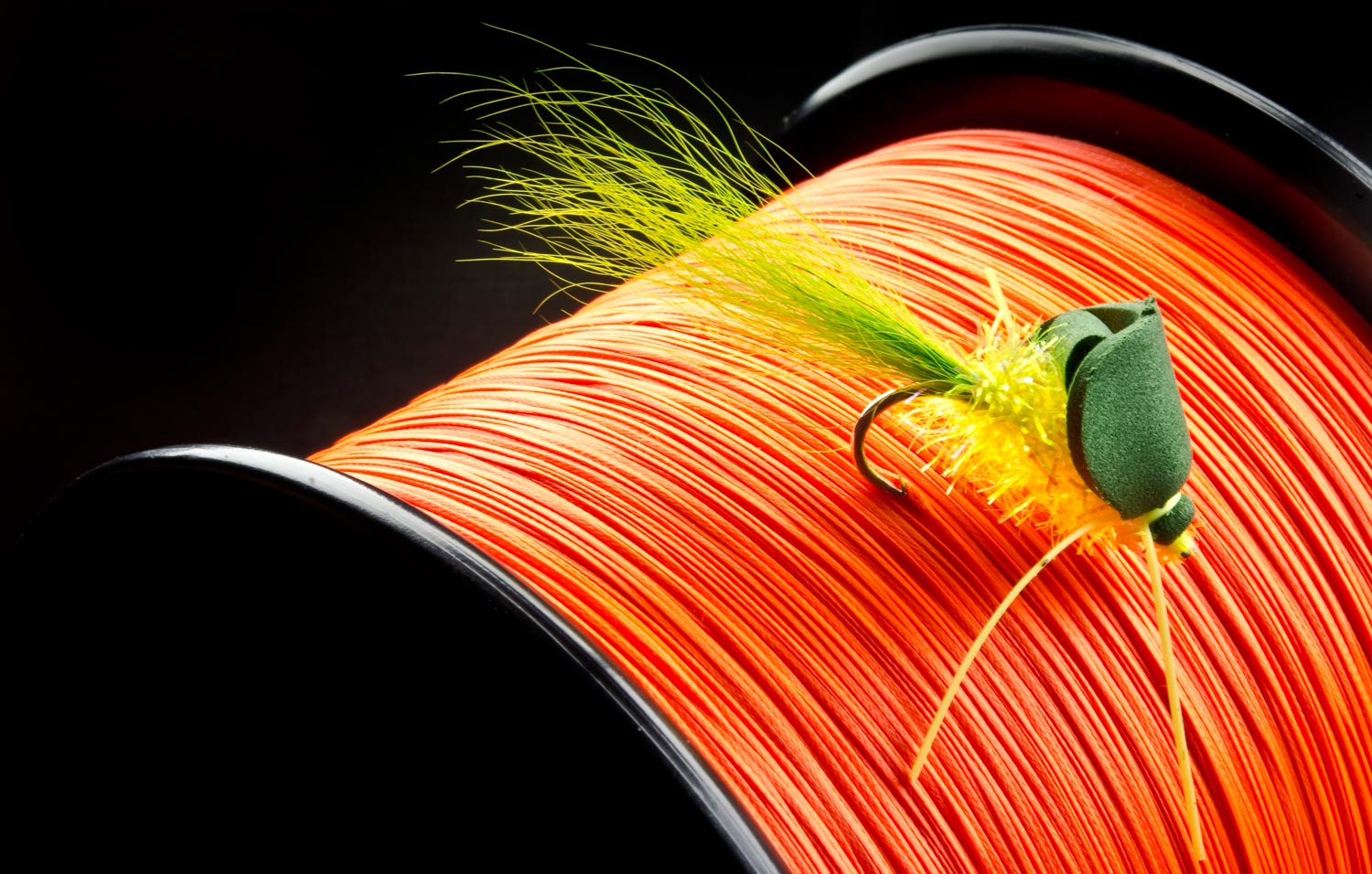
By Justin Pickett
IT DIVES AND IT GURGLES. IT SPUTTERS AND IT BUBBLES. AND IT JUST PLAIN CATCHES FISH!
The Stealth Bomber is by far my number one topwater fly pattern for warm water species. Whether I’m after smallmouth or largemouth bass, or targeting bluegill, it’s always in my box and typically gets tied onto the end of my tippet at some point during my outings. I typically carry them in 3 different color schemes to match different conditions. Check ‘em out! It’s an easy tie. And if you ever fished with a Pop-R as a kid, then you’re good to go! Either tie ‘em or buy ‘em in sizes #2-#6 depending on the fish you’re targeting. Fish this bad boy around floating grass, weed lines, lily pads, or any other submerged structure where bass and panfish like to hide. Vary your retrieve to find out what the fish are liking that day and wait for that take!
Want to add a fish-catching twist
Read More »Streamers Aren’t Just For Big Water
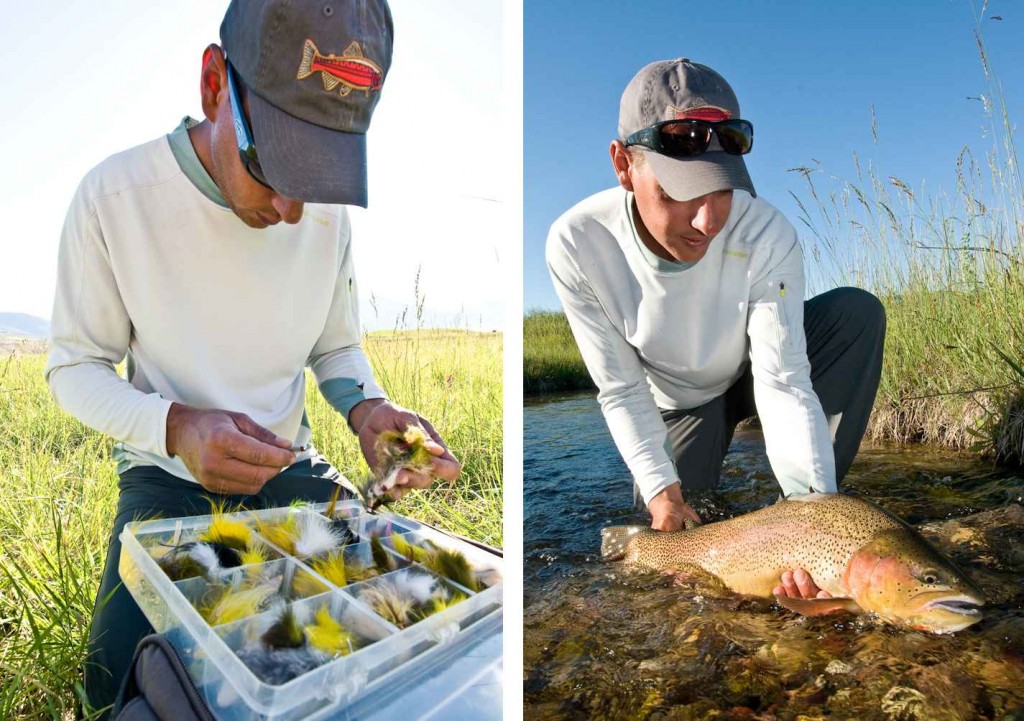
FLY FISHING TO PICKY EDUCATED TROUT THAT GET POUNDED DAILY BY FLY ANGLERS, CAN GET MANY OF US FLUSTERED AT TIMES.
It’s easy to find ourselves following everyone else’s lead on the water when it comes to pattern choice. Blue ribbon trout streams in Colorado come to mind, where the key to success is often sight-fishing with tiny nymphs on fine tippet. But even fishing the right fly patterns, you still are going to have to deal with hard to read intricate currents above and below the surface, of which, will constantly be trying to compromise your drift and fly placement. This is often the key factor in whether you fool or tip off the fish that your offering is not the real deal.
I’ll never forget a day on the upper Roaring Fork a couple years back that left me humbled to the core. I had no problem locating numerous trophy class fish. Hell, they were everywhere it seemed like, and often only a couple rod lengths away from me. Unfortunately, the majority of them were holding in all the wrong places, where it was almost impossible to get a good presentation and drift with my flies. I’d make what I thought was a perfect cast, and right when my flies were about to enter the target zone of the fish, I would lose my drift and the fish would slide off to the slide and give me the finger. An 11′ switch rod with a extra long leader was what I needed that day, but unfortunately, I left that rod at home. Those big beautiful fish on the Roaring Fork, gave me a whole new appreciation for PHD educated trout. They all seemed to know exactly where to sit and feed, just out of fly anglers reach. I finished that day with a few respectable mature trout and numerous other smaller fish that looked like they had been booted out of the prime lies. Knowing what I know now, I should have ditched the nymph rig and dead drifting, for a 2x-3x leader and a streamer. My numbers would have gone down, and I would have spooked some fish, but I bet I would have walked away from the river landing one of those truly massive trout.
It’s important to note that streamers aren’t just for big water, they can be equally effective on small to mid-size trout water as well. Having the guts to go against the norm and use different tactics from what everyone else is doing, can sometimes give you an edge. Instead of targeting trout that are
Read More »Reece’s 307

By Bob Reece
Change can be challenging. It can also be highly productive.
Through its simple construction and subtle adjustment of beads, Reece’s 307 avoids the strife while providing productivity.
My design for this pattern was to create a buggy and durable alternative to my typical bead head selection. The synthetic materials that I chose for the body along with the Plummeting tungsten beads, in mottled colorations, made this possible. The back end of the fly begins with a Flouro Fiber tail that leads to a wire filled stretch tubing abdomen. Ostrich herl and Ice Dub layer to form the buggy foundation of the thorax that is overlaid with a Thin Skin Wing Case. All of these elements combine to create the vulnerable profile of a transitioning insect. The naturally mottled tungsten bead provides the needed weight to get down while stepping away from typical metallic asthetics.
When fishing this pattern I often use it as a solo dropper for my dry dropper rigs. During non hatch periods I rig it two feet below my chosen dry. If hatch activity picks up I often raise my 307 to six inches below the surface riding fly. Indicator rigs also provide a happy home for this pattern. I typically run it as the highest fly in the setup above a Rolling Stone or Glo Worm.
Become a fan of buggy and outside the box. Throw a change up into your nymphing selection with Reece’s 307. It may be just what you need to close out your season on a high note.
WATCH THE VIDEO AND LEARN TO TIE REECE’S 307!
Read More »